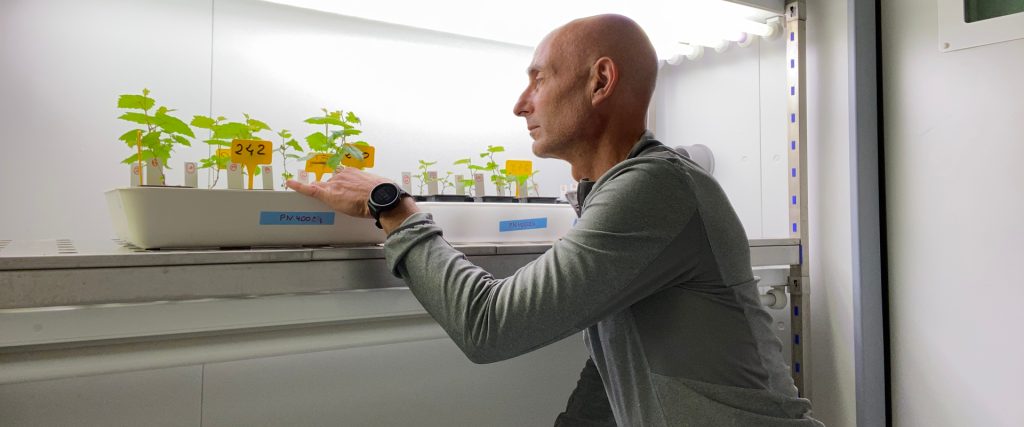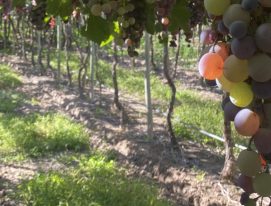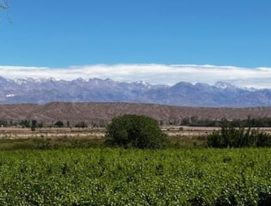An interview with Diego Lijavetzky. Diego Lijavetzky it´s an agricultural engineer, Doctor in Biological Sciences, Conicet Researcher and Director of the Vine Genetics and Genome Group (Genovid) at the Institute of Agricultural Biology of Mendoza (IBAM-CONICET-UNCUYO), who took the lead on a research project to map the complete Malbec genome.
What do winemaking and science have in common? Quite a lot in fact: wineries are increasingly commissioning research and scientific studies to improve the quality of the wine they produce. In a range of areas from climate analysis and soil studies in the vineyards to vine genetics, science has been making significant contributions to the wine industry for a number of years.
In Argentina, one of the latest and most important studies to be published was this public-private partnership between specialists at Conicet and institutions in Argentina, Spain and Germany, which has managed to map the complete genome for Malbec, the country’s iconic grape variety. The paper was published in the journal Horticulture Research. We interviewed DiegoLijavetzky to learn more about this scientific achievement.
Interview with Diego Lijavetzky
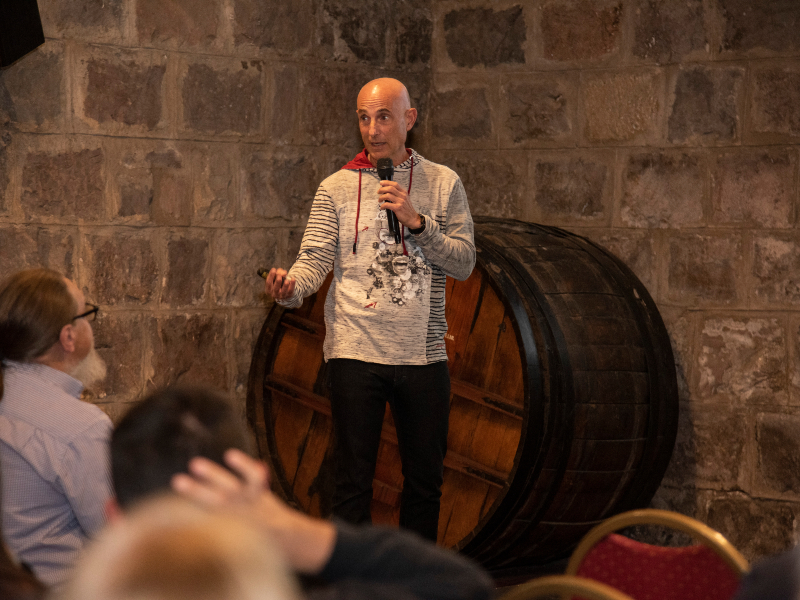
How did the idea of mapping Malbec’s complete genome come about? Did you come across any surprises in your work?
Similarly to other countries, our group focused on Malbec because it’s an icon of Argentine viticulture. The main idea of the research project is to get to know the genome, study it and, if necessary, modify it after it is completely mapped.
When our group started in 2010, there was a myth going around in certain quarters of the industry that Malbec was different to Cot, which is the variety’s original name, and how it is known in the region it originally came from in France. Before we had finished sequencing the genome, we carried out studies that we published in 2021 that showed, following analysis of over 250 genotypes, that Malbec and Cot are indeed one and the same.
How many people and institutions were involved in the work?
At least 15 across six public and private institutions in Argentina, Spain and Germany: the Institute of Agricultural Biology of Mendoza (IBAM, CONICET-UNCuyo); the Faculty of Agrarian Sciences (FCA-UNCuyo); the National Institute of Agricultural Technology (INTA-Mendoza); the Mercier Argentina Nursery(Perdriel, Mendoza); the Institute of Vine and Wine Sciences (ICVV, CSIC-Unirioja, Spain); and the Max Planck Institute for Biology (Tübingen, Germany).
How long did the research project take?
The idea first arose in 2013 but it was only in 2019 that we had the resources and infrastructure to carry it out. It was a big effort, especially in terms of bio-informational analysis. By the middle of 2022 everything was almost ready, but it took almost a year and a half more to correctly identify each gene and polish the results.
This kind of research is only possible with the proper financing and expert knowledge provided by public institutions but the support of the private sector was also crucial. In our case, there were different approaches. In some cooperative projects a company would lend us a vineyard for experiments while for the most recent and successful study it was the Mercier Argentina Nursery. With them we developed a project (IBEROGEN) to study the Malbec variety overall, from how it adapts to climate change and aspects of the plant’s productivity to eventually mapping the complete genome sequence.
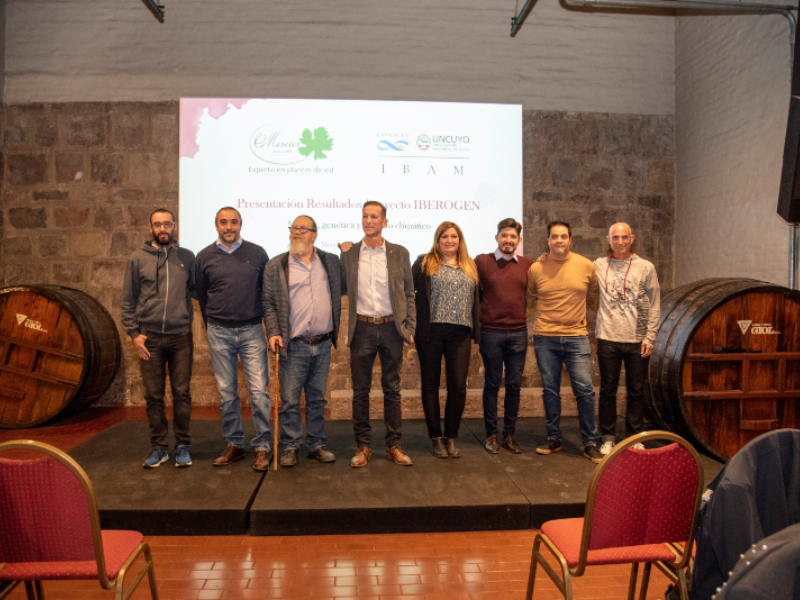
What does mapping the complete Malbec genome mean?
Knowing an organism’s genome (and each of its genes) is the key to understanding it, studying it and, if necessary, modifying some aspect of interest. It might be something related to quality (aroma, color, flavor) or adapting a plant to stressful conditions such as climate change. Gene modification and editing techniques are well-developed in many crops. It’s time to try it with vines and we’re working on that right now.
Will this study help with the development of clones that are more resistant to climate change?
Climate change and other sources of environmental stress do not directly affect the genome of a plant. But in time, through their interaction with the environment, Malbec and all the varieties of vine grown as perennials accumulate small variations in their genome (mutations). In some cases, these variations give a plant adaptive advantages. Part of our work is to identify the variants (clones) that might be beneficial in the event of high temperatures or water scarcity. We’re also identifying and classifying genotypes that present variations in key areas that determine yield, for instance the rate of fruit setting.
Malbec has an issue with older plants being susceptible to disease; it’s not easy to find healthy plants. Might this study help to improve the crop?
Just as our research is making it possible to identify clones that are more productive or resistant to abiotic (environmental) stress, we’re also carrying out studies that help to identify clones that are more disease tolerant. It’s a start on the way to optimizing the selection of crop materials and, in the future, modifying whatever clone we choose.

